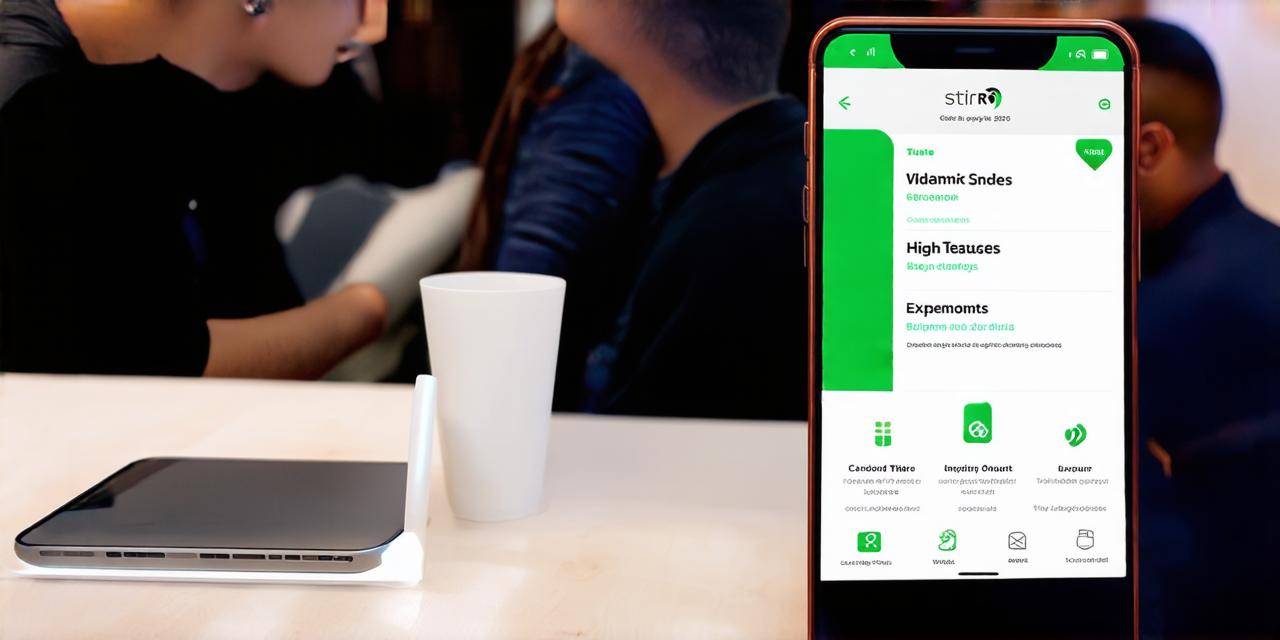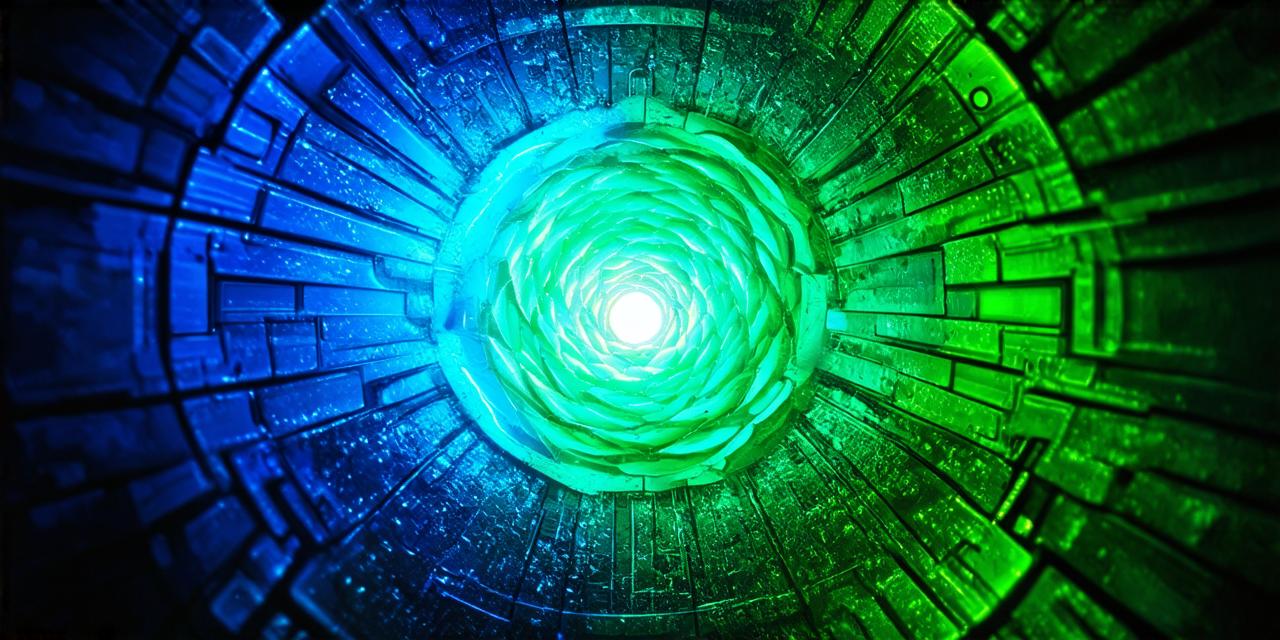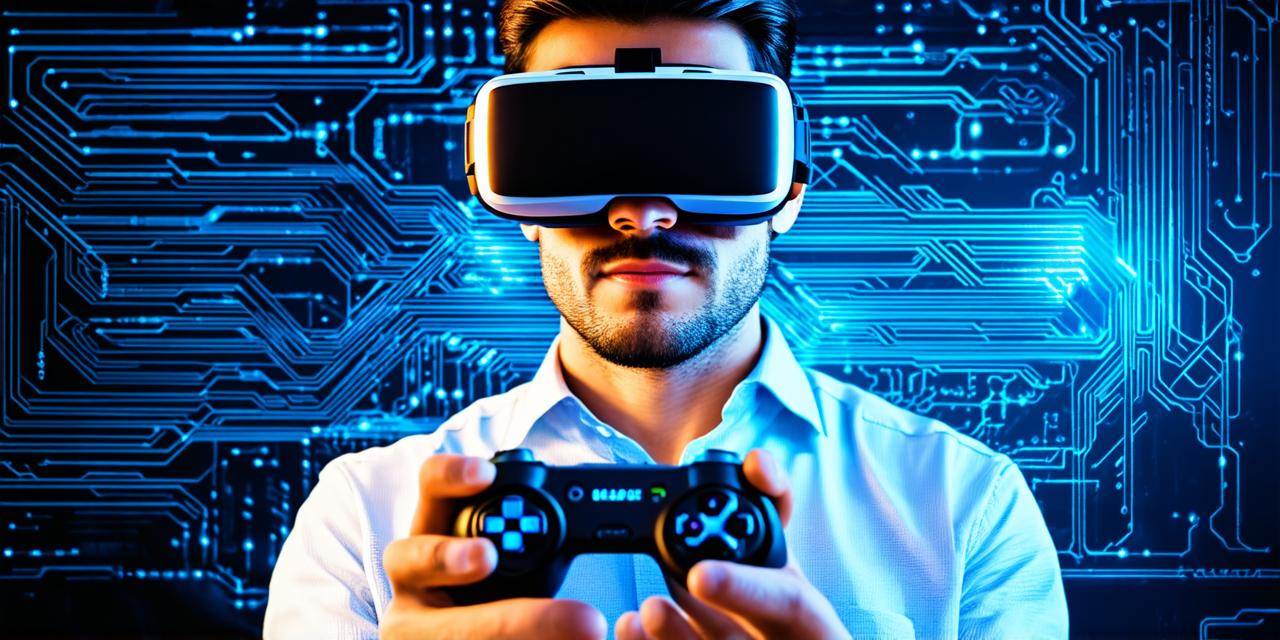XR apps refer to augmented reality (AR) and virtual reality (VR) applications that are designed for immersive experiences on mobile devices. These apps use various sensors and software tools to create interactive, 3D environments that can be viewed through a smartphone or tablet.
AR Apps
Augmented reality apps are designed to enhance the real-world environment with digital elements. These elements include graphics, animations, and sound effects that can be viewed through a smartphone or tablet camera. AR apps use various sensors, including accelerometers, gyroscopes, and depth cameras, to track the device’s position and orientation in space. This allows the app to accurately overlay digital content onto the real-world environment.
Some examples of AR apps include Pokémon Go, which lets users catch virtual creatures in real-world locations, and IKEA Place, which allows users to see how furniture would look in their home before buying it.
VR Apps
Virtual reality apps are designed to create fully immersive environments that simulate a 3D world. These apps use various sensors, including accelerometers, gyroscopes, and depth cameras, to track the device’s movement and orientation in space. This allows the app to create a seamless, 360-degree experience that completely engulfs the user.
Some examples of VR apps include Oculus Quest, which lets users explore virtual worlds with a headset, and Google Expeditions, which allows users to take virtual tours of museums, landmarks, and other locations around the world.
How XR Apps Work
XR apps work by using various sensors and software tools to create an interactive, 3D environment that can be viewed through a smartphone or tablet. The app uses the device’s camera to capture the real-world environment and then overlays digital content onto this environment. This is done using computer vision algorithms that analyze the camera feed and determine what is in the real world and what is not.
The app also uses various sensors, including accelerometers, gyroscopes, and depth cameras, to track the device’s position and orientation in space. This allows the app to accurately overlay digital content onto the real-world environment. Additionally, some XR apps use haptic feedback, which provides tactile sensations to the user, making the experience more immersive.
Summary
XR apps are a new and exciting way to experience immersive, interactive environments on mobile devices. AR and VR apps offer unique experiences that enhance the real-world environment with digital elements or create fully immersive, 3D worlds. By using various sensors and software tools, XR apps create an interactive, 3D environment that can be viewed through a smartphone or tablet. With continued advancements in technology, we can expect to see even more exciting XR apps in the future.



